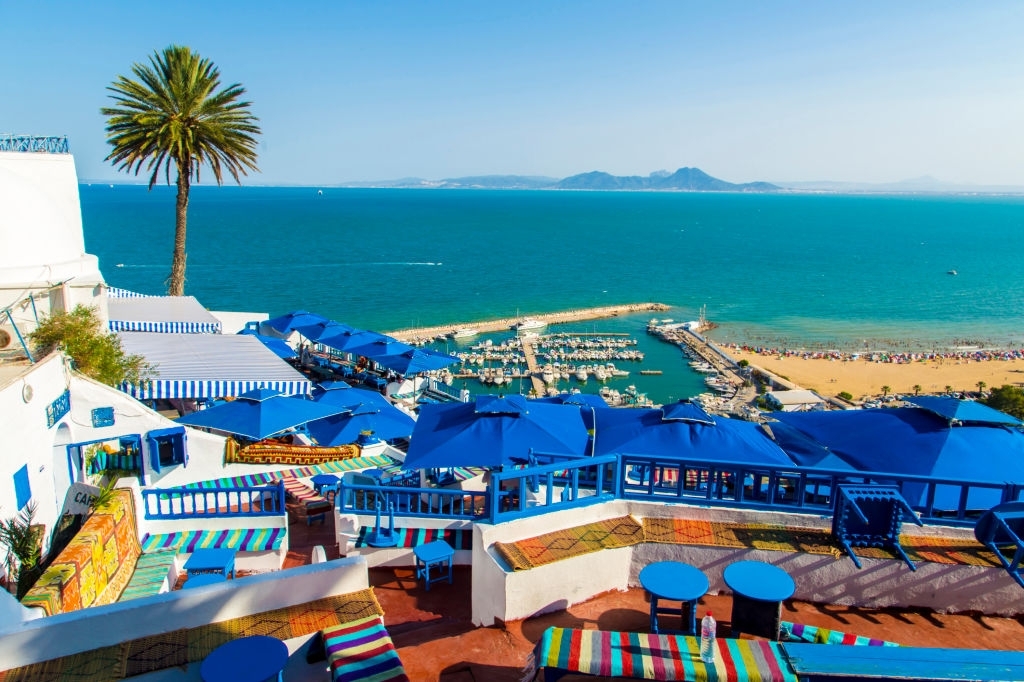

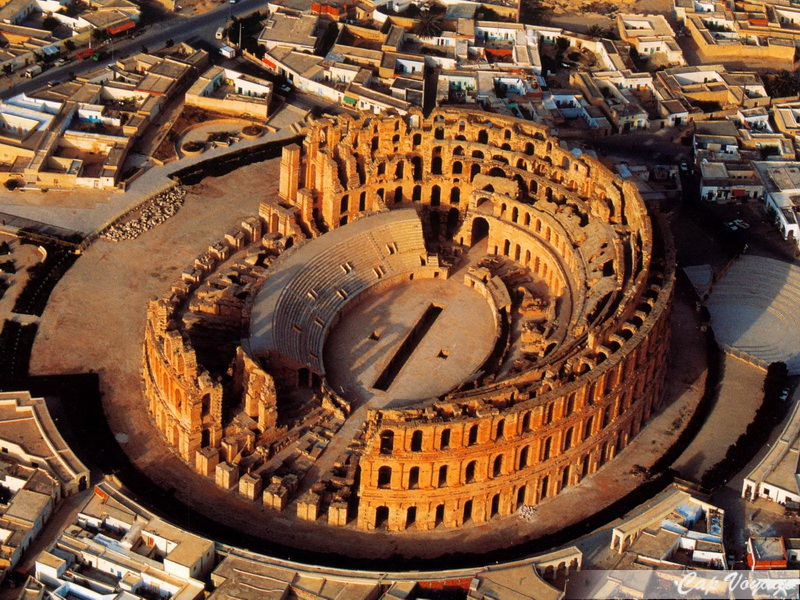
The walls of the mighty Roman amphitheater of El Djem dwarf the surrounding modern town. This incredibly well preserved Roman relic is Tunisia’s big sightseeing highlight and one of the best examples of amphitheater architecture left standing in the world, reminding of Rome’s once grand grip across North Africa. You can still walk the corridors under the arena, just like the gladiators did. Or, climb up to the top seating tiers and sit staring across the arena, imagining the battles that took place below.
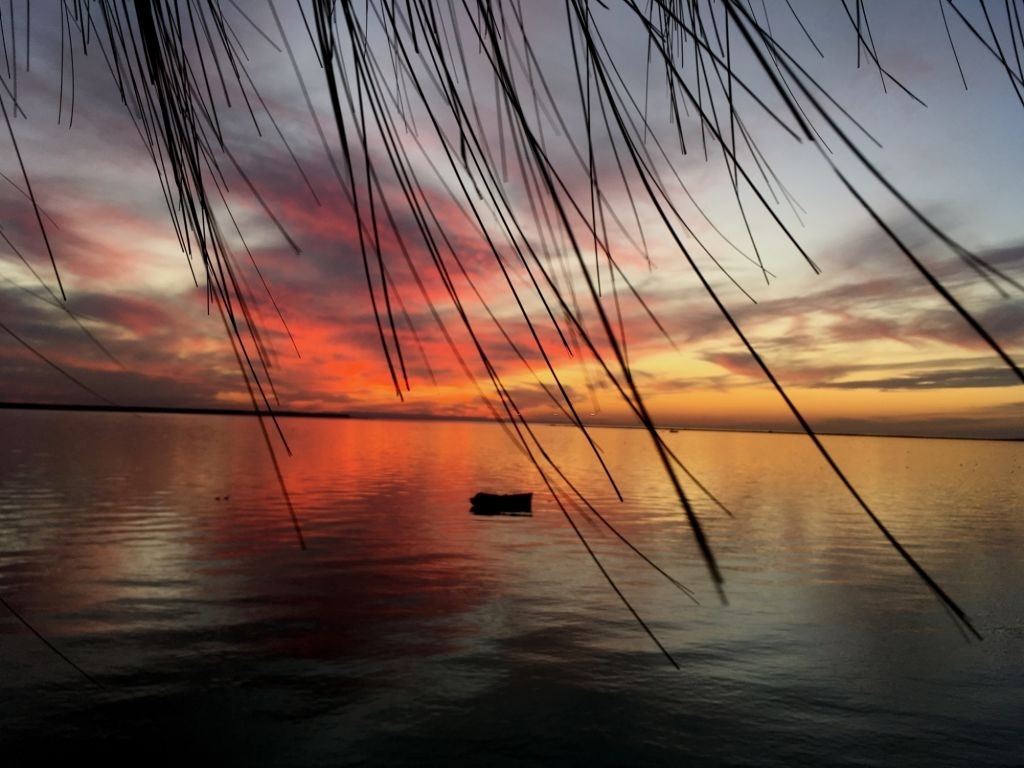
If you’re looking for the picture-perfect beach escape, then the island of Djerba checks all the right boxes. The island town of Houmt Souk is the main point of interest off the beach, with an old town district that is a muddle of whitewashed houses. Houmt Souk’s shopping is an attraction in itself, with plenty of handicraft vendors for browsing and haggling opportunities off the beach. But it’s those sandy strips of shoreline out of town that are the island’s most popular highlight. Pristine and trimmed by date palms, the beaches are relaxing, get-away-from-it-all settings where summer daydreams are made.
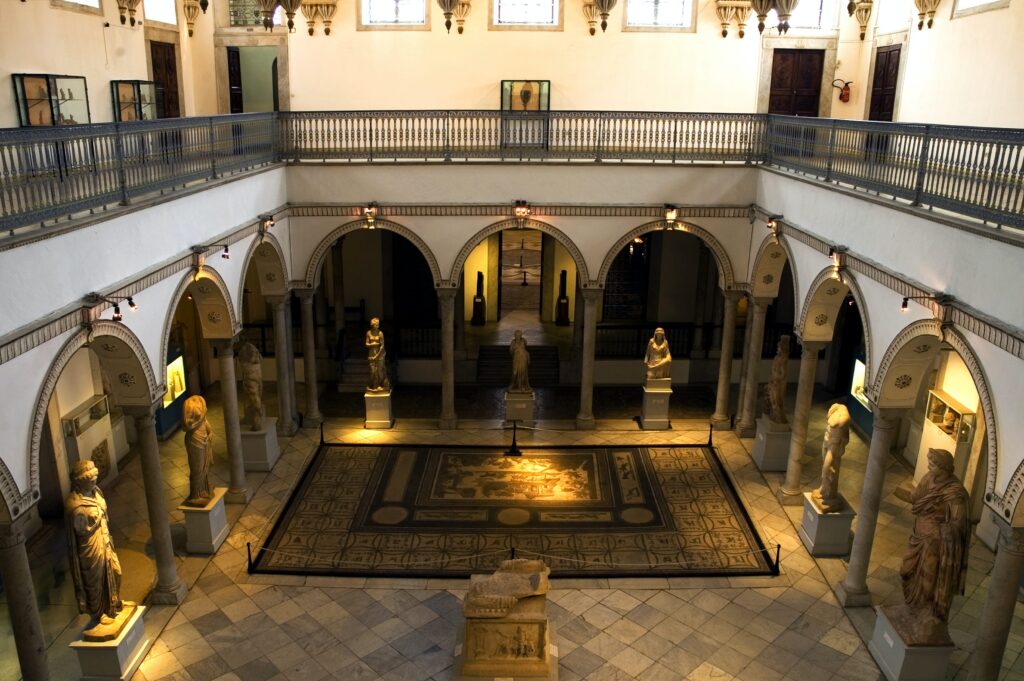
Even non-museum fans can’t fail to be impressed at the massive haul of beautiful mosaics exhibited inside the Bardo. This is one of North Africa’s top museums, and it houses one of the world’s most important mosaic collections, all curated beautifully. It’s a showcase of the dazzling, intricate artistry of the Roman and Byzantine eras, with pieces cherry-picked from every major archaeological site in Tunisia. If you only have one day in Tunisia’s capital, Tunis, this museum should be high up on your to-do list.
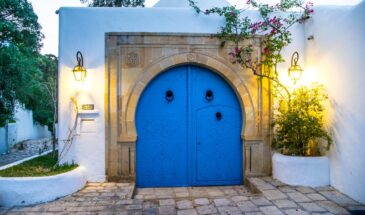

Impossibly cute, and amazingly photogenic, Sidi Bou Said is a clifftop village of petite dimensions that seem to have fallen off an artist’s canvas. Unsurprisingly, artists have feted this little hamlet for decades. The whitewashed alleyways, wrought-iron window frames, and colorful blue doors are Tunisian village architecture at their finest, while the Mediterranean backdrop is the cherry on top. This is a place to while away a lazy afternoon, simply soaking up the laid-back atmosphere and maybe indulging in a spot of shopping at one of the many local artisan and handicraft stalls.
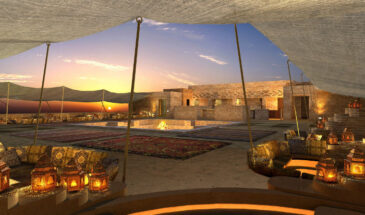
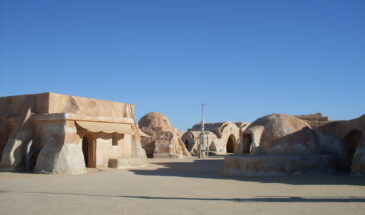
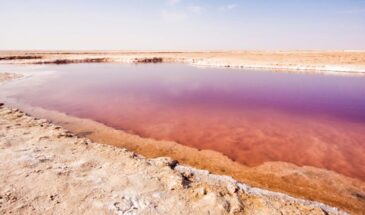
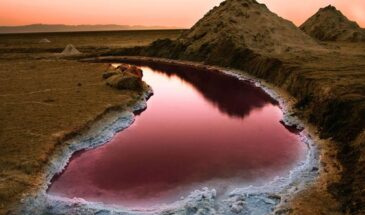
The moonscape surroundings of the Chott el Djerid are a storybook panorama brought to life; filled with shimmering mirages on the horizon and jigsaw puzzle pieces of blindingly white cracked land under foot. This sprawling salt pan (most easily reached on a day trip from the desert town of Tozeur) is a desolate and otherworldly scene that wows all who visit with its stark and brutal beauty. A sightseeing trip here proves that nature produces much weirder landscapes than you could ever imagine.
Couscous Probably you all have heard about Couscous or have already tried it at least once. It is a Maghrebi dish of small (about 3mm diameter) steamed balls of crushed durum wheat semolina, usually served with a stew spooned on top . There are endless different ways to prepare it, and it can vary in different areas of the country. It is normally served in a deep plate with a piece of meat or fish and some vegetables on top. Preferred meats include lamb or chicken, and fish can vary between red snapper, grouper, sea bass and swordfish. Favoured vegetables include peppers, carrots, pumpkin and potatoes.
Le Lablabi Lablabi is a thick soup or stew made of chickpeas and flavoured mostly with cumin and garlic. It is served over small pieces of stale crusty bread, which is recommended to be 2 days old. A soft egg is also added to the soup, along with olive oil, harissa, capers, tuna, olives, lemon juice, garlic and additional cumin. The preparation was very interesting. You get an empty bowl (clay pot) and a piece of hard bread (2 days old). So first you need to cut the bread into small pieces with your hands and fill the bowl with them. You then hand over this to the cook who will add all the rest of the ingredients and give it back to you. You finally mix everything up using two spoons and that’s it, you get your stew ready to eat.
Fricassé It is a savoury fried doughnut filled with tuna, boiled egg, olives, harissa, and boiled potato. 4.Religion In the 7th century the Arabs invaded Tunisia and brought with them the religion of Islam. Today nearly 99% of Tunisians are Muslim. All Muslims pray 5 times a day – at sunrise, midday, afternoon, sunset and evening. The people must bow and face Mecca, their holy city. The people are called to prayer at all the correct times. It is also broadcasted on TV and radios

Tunisia CR